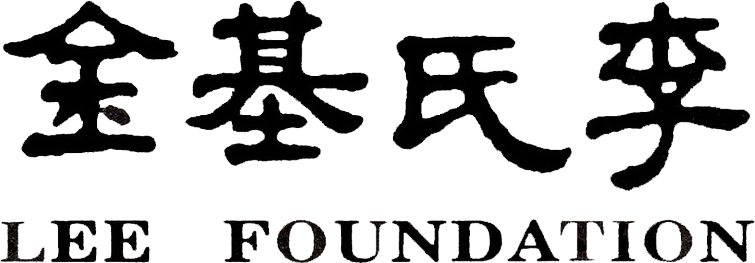Priyadarsini Govind and Dr. Priya Srinivasan
(A version of these articles were printed on The Hindu in 2020)
Which other woman of my kind has felicitated scholars with such gifts and money?
To which other women of my kind have epics been dedicated?
Which other woman of my kind has won such acclaim in each of the arts?
You are incomparable, Muddupalani, among your kind.
In this three articles, Ms Priyadarsini Govind, a national and international award winning Bharatanatyam dancer and artist based in Chennai and Dr. Priya Srinivasan, a dancer/ scholar from Melbourne Australia discusses the inspiration behind their collaborative works that were staged in 2018-2019 as part of the Sangam, Performing Arts Festival of South Asia and Diaspora held at Dancehouse, Australia. The first article explores marginality in relation to patriarchy in the work of the acclaimed devadasi Muddupalani from the 18th century and how it informed their performance: “Radhika and Muddupalani.” The second article looks at violence against women stemming from sexual repression in Indian society due to the collusion of various forms of patriarchy in our intercultural project: “Sthree.” In the final article, the authors continue to explore questions of marginality from their perspectives through the intercultural work: “Churning Waters.” Through research and performance exchange the collaborators were able to find cultural differences and similarities including the idea that Indigenous Australians and Indians had been exchanging ideas for thousands of years evident in DNA, animals, coins, dances, songs and Dravidian languages present in Indigenous cultures. Read more…
Article 1: Radhika and Muddupalani Intertwined
Which other woman of my kind has
felicitated scholars with such gifts and money?
To which other women of my kind have
epics been dedicated?
Which other woman of my kind has
won such acclaim in each of the arts?
You are incomparable,
Muddupalani, among your kind.
So begins the Radhika Santwanamu an epic, erotic poem by the devadasi Muddupalani, who dared to write about female desire in the mid 18th century. We came across the “Radhika Santwanamu” by Muddupalani at different moments in time at different spaces across the globe but united by our need to understand how women have played with power and survived.
PS: I came across it in 1996 in Los Angeles in a writing class as a fragment when Susie Tharu and K. Lalita published small sections in their larger work “Women Writing in India Part 1 and 2” and wrote that the devadasi Bangalore Nagarathnammal published the poem in full with the recovered coda (above) in 1910 that named Muddupalani as the rightful author of the work. The work was censured, banned and destroyed in 1911 by British colonial authorities who did not want to read women writing about their sexuality and desires. It was also in 1996 I encountered the hybrid and appropriated history of our form (in Avanthi Meduri’s unpublished dissertation) which stopped me from dancing Bharata Natyam publicly for the next 12 years in order to understand this complex history.
I sat with the work for many decades wondering when and how it should be presented, under what circumstances and who had the right to present this work- in what form? As more and more sections began to be translated, we had the complete work in English by Sandhya Mulchandani in 2009. We began seeing how women’s bodies and voices continue to be silenced around the world I felt it was time to start to engage seriously with Muddupalani’s text because of its continued relevance in today’s world.
PG: I came across it in the 1990s when V.A.K. Ranga Rao brought it to my attention as a unique piece of writing by a woman, a devadasi whose work had survived the test of time. I returned to it when Priya Srinivasan brought it to my attention. The complex characters in the poem: Radhika and Ila (two women) and their love for Krishna caught my imagination. A love triangle with a twist in that Radhika marries Krishna to her own niece, Ila in an effort to retain her hold over Krishna. It was interesting to interpret the multilayered character of Radha- by giving him away did she think she could keep him? But when things go beyond her control what is her reaction? What about the man’s role? Has society changed since then? Where does this inspiration for Muddupalani comes from? To what extent is it autobiographical? I was also curious about the reason it was banned as it was no more licentious than many other male poets. Perhaps the most powerful aspect of this work to me as an artist, is the concept of a woman revealing both her most vulnerable moments and her greatest strengths with equal candor and courage.
PS and PG: Together we decided to rework the poem taking only small sections of it. The collaboration occurred between us (Priyadarsini Govind and Dr. Priya Srinivasan) with Uthra Vijay (carnatic singer / composer), Lalgudi Vijayalakshmi (violinist/composer), Ching Ching Ho (Director/ dramaturg) and Dr. Philipa Rothfield (philosopher and dance writer) in Melbourne in November 2019 as part of the Sangam: Performing Arts Festival of South Asia and Diaspora held at Dancehouse (the home of contemporary dance in Australia). Using performative methods of Carnatic music, Bharata Natyam, spoken word and literary readings, our intention was to represent the devadasi Muddupalani and the characters in the Radhika Santwanamu but to analyse the 18th century text from our perspective as 21st century artists.
Fragments of the history reveal that Muddupalani was a consort in the court of the Thanjavur ruler King Pratap Singh. Increasing evidence also suggests that her grandmother (not by blood) the great devadasi Tanjanayaki was also his consort. This is a history of women who have no claim on the King and therefore had to negotiate power accordingly. Muddupalani’s work was being written during the transformation of the East India company from a trading company into a military power and King Pratap Singh was negotiating his own power. All this gives the composition and the author a unique place and voice in history. How she deals with the various relationships in her life whether it’s the King or her grandmother are perhaps reflected in the characters in the poem. The emotional turbulence of a devadasi’s life, and here it is Muddupalani’s life, is laid bare and made vulnerable in the work while is also reflected in the role of Radhika, Ila and Krishna.
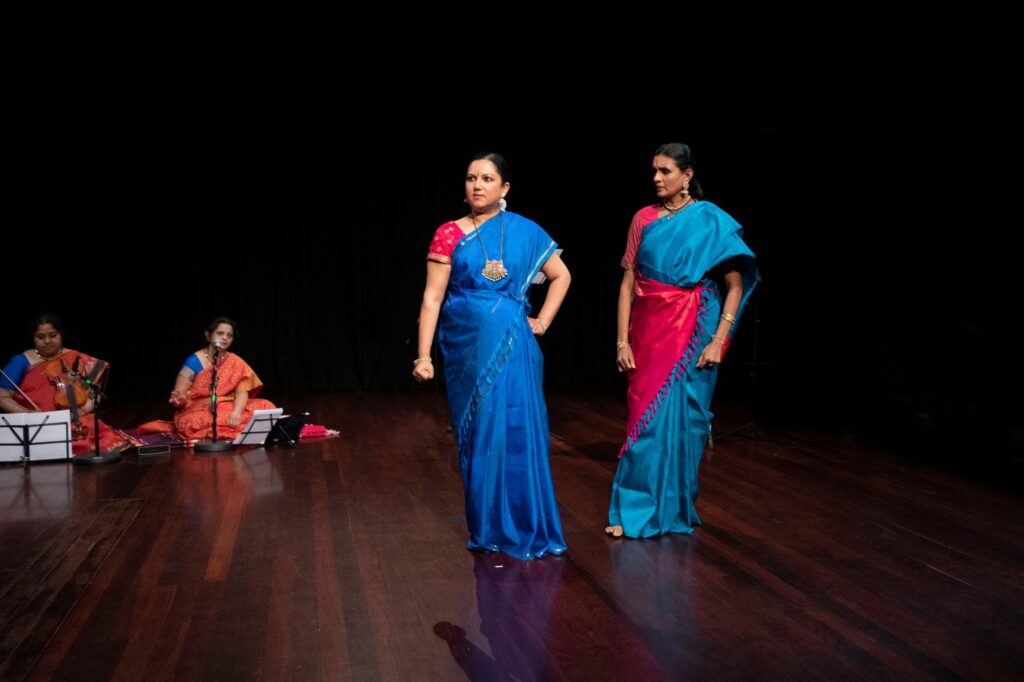

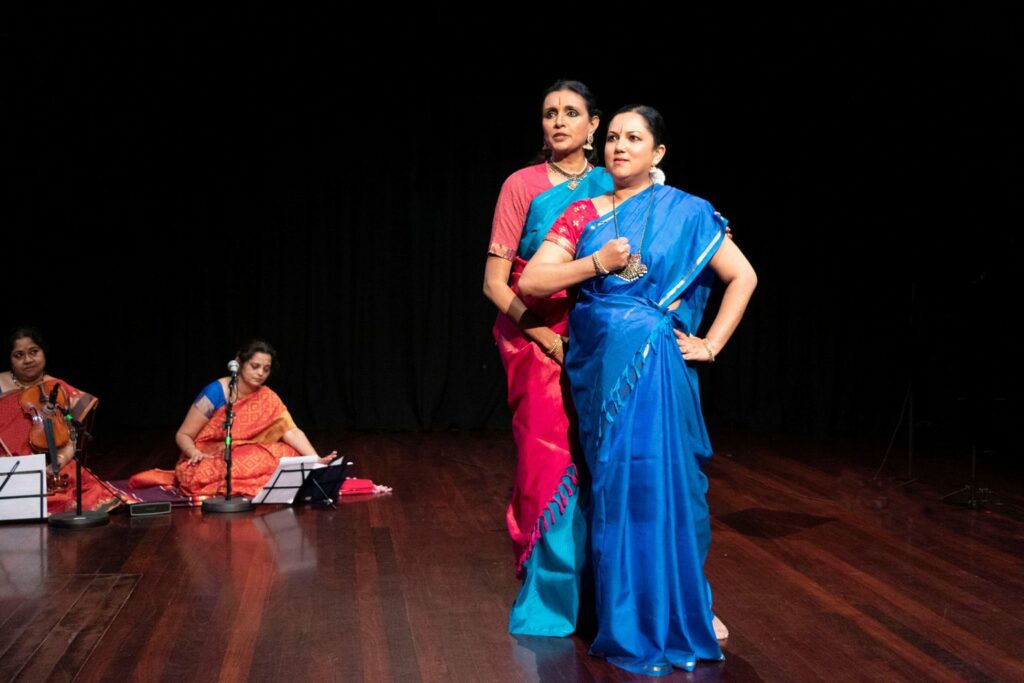
The questions brought to the forefront in this work differs from the questions usually raised by male artists who write from a female perspective. We are aware that many devadasi and women’s poetry were subsumed by male poets in history as the startling revelations about Ksetrayya in Harshita Kamath’s work has shown us. The difference here is that Muddupalani’s voice survives across centuries and shows how she negotiated the male powers in the court and became acclaimed for writing as a woman in her own time. Writing a very powerful, erotic text she claims a woman’s right to pleasure and sexuality on her own terms, something women even in the twenty first century are not always able to do. Through acts of subversion Muddupalani writes erotica. It is interesting to look at Saskia Kersenboom’s dual concept of bhoga and citta where the devadasi’s reality was a sensuous reality as opposed to a reality of the mind. Perhaps these realities are irreconcilable and without a clear resolution.
The work attempts to heighten the differences between the historical poet/woman /devadasi/ writer who still lies partially hidden and obscured in time. This poet can only be partially recovered through a nuanced reading between her text and ourselves which allows us to interpret the work in an expansive way. Muddupalani leads the reader tantalizingly into her world offering ways to almost hear her voice. We point to the fact that during Muddupalani’s time and up until the mid 20th century, most women including Brahmin women were rarely educated and subject to the extreme burdens of patriarchy, enforced servitude and often led labour intensive lives in the domestic spheres. While some devadasi women were educated and could move relatively freely in the public sphere, brahmin women were not educated and in fact prevented from entering the public sphere until the second half of the 20th century. The unique collusion between brahminical patriarchy, colonial patriarchy and other forms of patriarchy eventually led the Devadasi Abolition Act of 1949 which silenced the so called “immoral” and “erotic” devadasi bodies and interestingly enough, enabled brahmin women to emerge in the public sphere as performers, ironically on the terms of the very “chastity” and “morality” that had kept brahmin women locked in the private sphere. Understanding patriarchy and different women’s class and caste burdens across time helps us create the psychological and political landscape we find the Muddupalani text located in and our own relationship to the text. What does it mean now in the 21st century to question different class/ caste/ female voices lost in time to examine how female sexuality, power and patriarchy have operated?
Article 2: Using the Classical Arts to Urge Social Action: Violence against Women
Seven years after Jyoti Singh (Nirbhaya) was gang-raped and tortured on a bus in Delhi, four of her killers were hanged at 5.30 am at Tihar Jail on
Friday March 20, 2020 .
Millions in India and around the globe celebrated in jubilance. The justice system may have delivered a just verdict but are mere legal remedies enough? Despite the initial shock and horror that the Nirbhaya incident instigated, violence and rape against women continues. The question still remains whether women are free to walk the streets of any village, town, or major city in the world at any time of day or night?
Kalavantalu dancer and scholar, Yashoda Thakore speaks of the ways that Telugu speaking communities referred to devadasis as bhogam, with bhoga meaning delight, enjoyment. Devadasis learned dance, music, reading, writing and were the repository of artistic knowledge at a time when most women were uneducated in India. The sensual, devotional and critical were woven together and women dancers were harnessed by the temple and the court to maintain the well being of society. Perhaps for centuries, India had a balanced perspective on the erotic, as evidenced in early devadasi practices, but partly because of colonialism, patriarchy, nationalism and caste there was a shift in thinking by the nineteenth and early twentieth century which led to the abolition of devadasi practices. As a result of the adoption of Victorian era moral codes, among other factors, erotic poetry that had been previously acceptable was now censored and considered a moral depravity. In the censoring of the erotic, art historian and curator Naman Ahuja in his article “The Responsibility for Protecting Erotica,“ points out, the more we censor and repress erotica, the worse the offences against women will get.
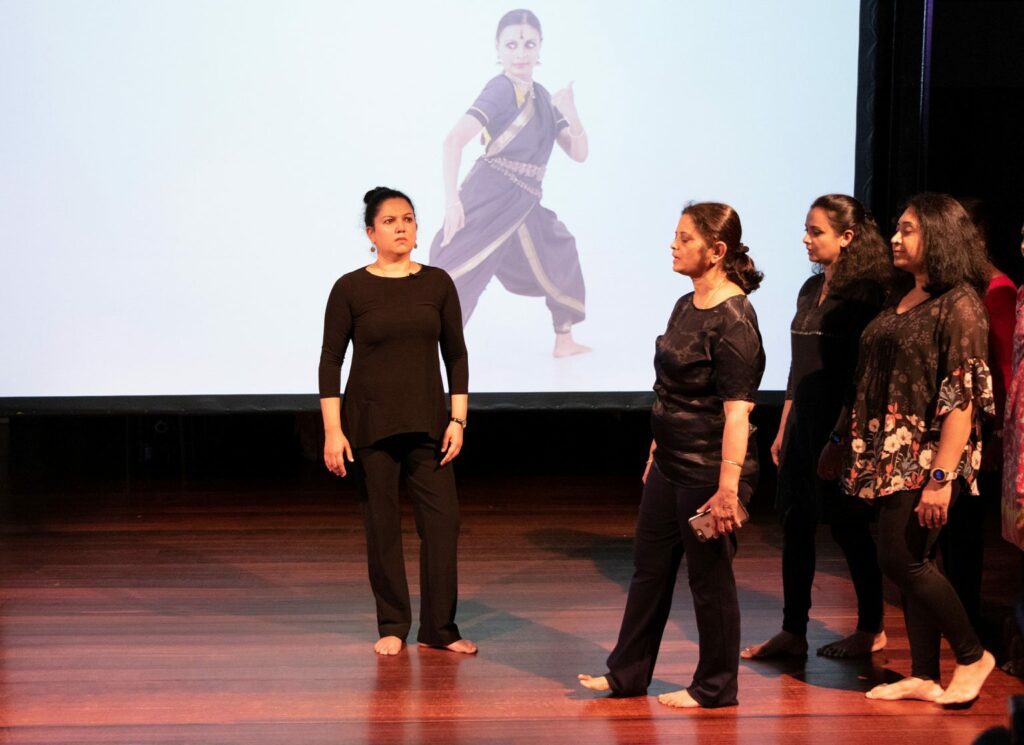
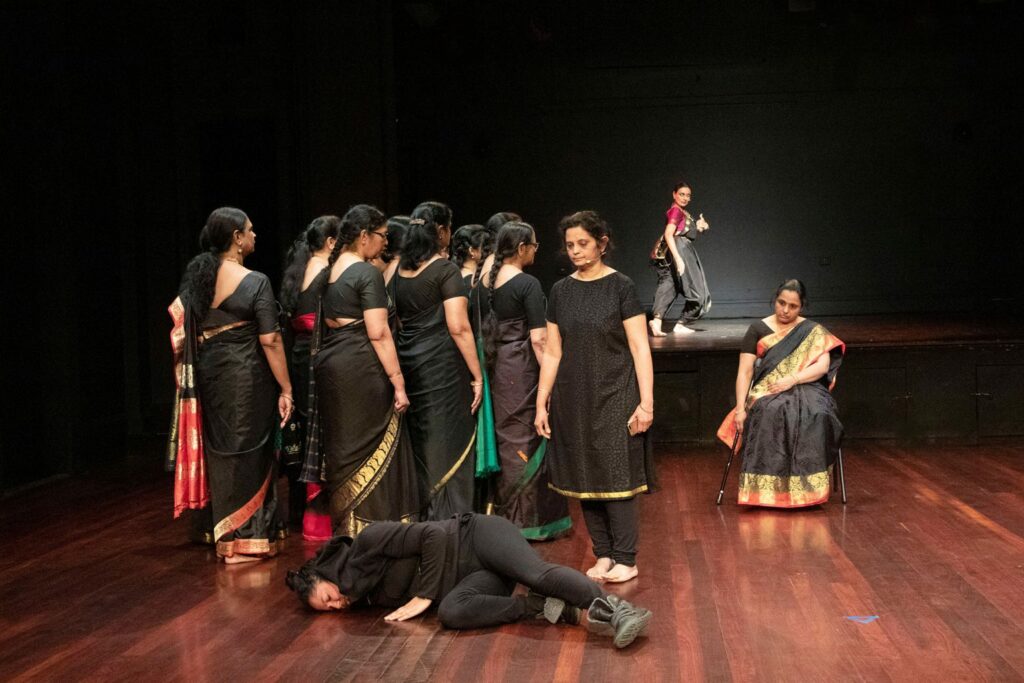
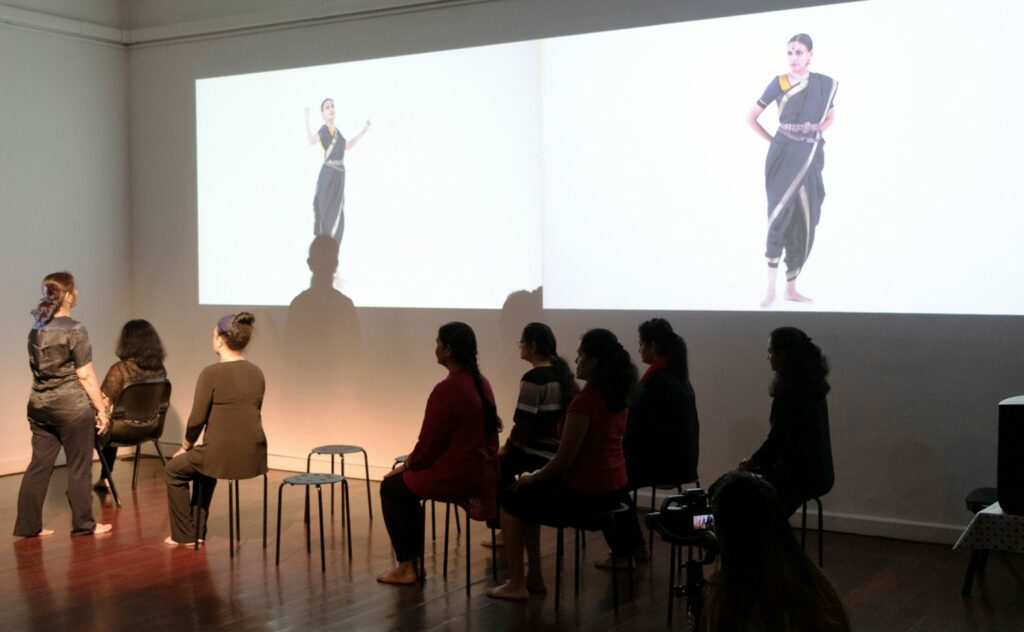
“S3: Sthree: Woman” is a multi-year, multidisciplinary, intercultural work in development that deals with violence against women. The collaborative work between us (Priyadarsini Govind and Dr. Priya Srinivasan) with Uthra Vijay (carnatic singer/composer), Dr. Philipa Rothfield (scholar/co-director), Hari Sivanesan (sound design) and Siying Zhou (visual design) suggests why the classical arts contain possibilities to uphold social justice issues in this work. S3 brings together Siying’s eye as visual artist and designer and Philipa who is trained in contemporary movement and feminist philosophical thought, enabling the sharing of the work to diverse audiences. The performance pares down the classical dance music ensemble to a solo voice and instrument. The unique addition is a Carnatic music choir (Keerthana Women’s Choir) which represents the collective female voice and is an important physical and aural theatrical presence in the production. Using the device of interruption, the experimental work toggles in time between excerpts of the 3rd century epic poem “The Devi Mahatmyam” and police reports of the Jyoti Singh and Jill Meagher incidents in Delhi and Melbourne in 2012.
Priya: The idea came after the Nirbhaya protests were sparked. I wanted to find out how the classical forms I was trained in could speak to this issue. Around this time I saw Priyadarsini perform her famous “Devi” piece and was deeply moved by its beauty and power. The advertising campaign in India on “Abused Goddesses” which came out in 2013 also had a deep impact on me. I began thinking about how to weave the power, beauty and raw energy of the Goddess killing asuras with the demons of the 21st century. Earlier iterations of this work included collaborations with Uthra Vijay in Barcelona and flamenco artists such as Alba Guerrero in 2018 and with Hari Sivanesan (veena artist) and Jay Dabgar (tabla player) in Melbourne in 2017/2019 asking what would happen if musicians moved to become characters in the piece, and dancers spoke, to ask how we can call upon the goddess now? I wanted to use the beauty of the classical forms including ancient Sanskrit texts and harness them to the raw power of contemporary incidents of violence from police reports to see what it could create.
Priyadarsini: As a performing artist, my goal is to understand the beauty of a text and then to visualize and capture it in my interpretation for the experience of the viewer. The composition has a latent power in and of itself and the training I have received is to go deep inside it. I harness my training to visualize the meanings within the text and remain faithful to the composer’s intent. When I ventured into a production like S3 that is experimental, both theatre and dance and not a “traditional” dance piece, that uses different texts, I had to strike a balance between my training and how to communicate social issues. I had to re-learn my medium and adapt my style to communicate the violence of the Sthree text through my art that is at once powerful and moving without losing the intrinsic beauty of the medium of dance. I had to find my voice within the text. What I have received from this work is the raw emotion and the power of a story that needs to be told.
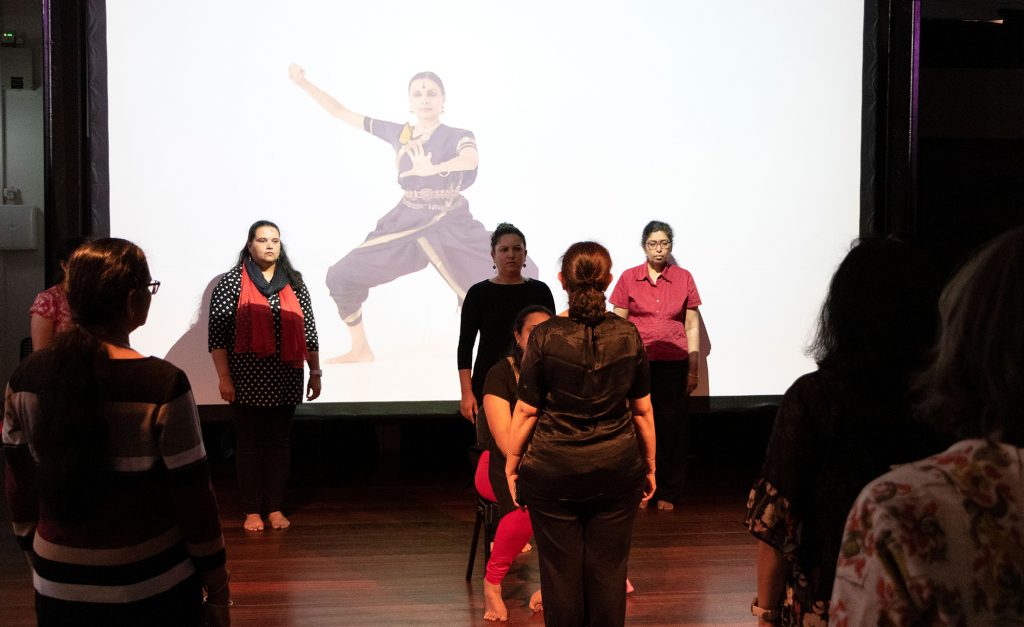
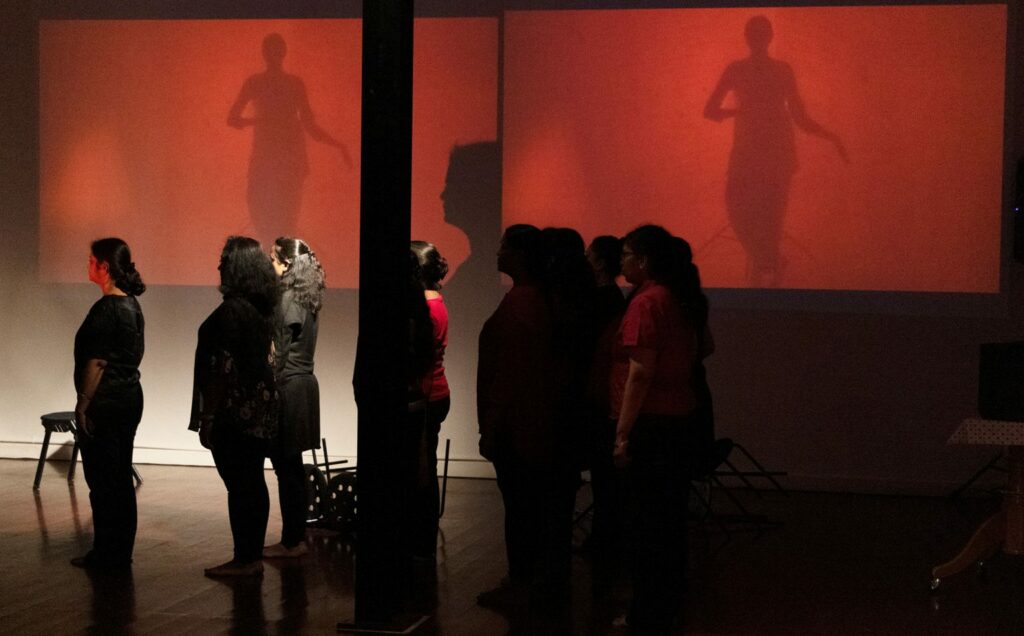
S3 has been in development form for several years. In its current iteration with Priyadarsini, we had a private showing at Dancehouse (the premier contemporary dance space in Melbourne) in 2019 which was met with critical engagement and discussion by key figures in the Australian performance industry. In 2020 Philipa, Siying, Uthra, and Hari worked with us online through Covid-19 border closures, lockdown, and presented another version of the work live at Artshouse in Melbourne in 2021 bringing Priyadarsini as a full larger than life, virtual goddess-like Durga body into the live performance with Priya, Uthra and the Keerthana Women’s Choir as an immersive site specific work. Again the performance was met with deep emotional engagement and critical discussions. We are now looking to sharing and touring the work with wider audiences in 2022 and beyond mindful of Covid border closures.
Both the Jyoti Singh and Jill Meagher rape and murder incidents in 2012 gave rise to protest movements in Delhi, Melbourne and around the world. The performance production of S3 explores the female voice calling upon the goddess when the human female body is subject to complete annihilation. Can the power of the collective female voice through the choir chanting of ancient hymns to the Goddess call her into existence? The intention of the production is to catalyze thoughts and responses in people and question why violence against women keeps occurring? Can the performance trigger the audience to feel their anguish and rage in a safe way inside the theatre space? How can performing this work enable artists to reach audiences so they can tap into their emotions and move them into action?
Article 3: Using the Classical Arts for Indian-Indigenous Performance: Churning Waters
In our previous articles we explored marginality in relation to patriarchy in the work of the acclaimed devadasi Muddupalani from the 18th century and how it informs our performance: “Radhika and Muddupalani.” We also looked at violence against women stemming from sexual repression in Indian society due to the collusion of various forms of patriarchy in our intercultural project: “Sthree.” In this piece, we continue to explore questions of marginality from our perspectives as we worked collaboratively in our intercultural work: “Churning Waters.”
In 2018, the Indian-Australian Indigenous project called “Churning Waters” was selected for Australia Festival in India and premiered in 2019 January-February at Adishakti in Puducherry, Mettumulluvadi Village near Kanchipuram and at Dakshina Chitra in Chennai. Together with Uthra Vijay (carnatic vocalist / composer from Melbourne) we joined Indigenous Australian women Gina Maree Bundle, Nadine Lee and Sylvia Nulpintidj (Yuin, Larrakia and Yolgnu) from Victoria and Northern Territory. We worked with them between Darwin and Melbourne, both online and in person. Koothu artist Thilagavati Palani and her team including Green Kumar and Loganathan joined us when we all arrived at Adishakti, Puducherry (the theatre lab research and performance space created by Veenapani Chawla with Vinay Kumar as its current artistic director).
What we developed was a multi art form work that required audiences to move along with the installation, stories, music, and dance being performed. The work was site specific and designed differently in each location, catering to different kinds of audiences. At Adishakti, the work aligned itself to the politics of the space of contemporary experimental performance, critically engaging a unique mix of local and international audiences. In Mettumulluvadi, which was the home of Thilagavati, at the center of the village under a temporary makeshift canopy, we performed for over 1000+ people (including children) to become part of an all night koothu. At DakshinaChitra, it was adapted to cater to the much larger configuration of the site with its eclectic markets, folk arts and featured visuals and brought a Chennai audience unsure of what they would encounter.
Churning Waters was the culmination of three years of discussion and collaborative exchange including other Indigenous-Indian work (such as Serpent Dreaming Women) that had preceded it in Melbourne and Darwin. In the process of creating the work, we brought together ancient myths and stories about land, water and sky with contemporary stories of climate change from a feminist perspective. The work intertwined Tamil, Yuin, Larrakia, Yolgnu and English languages, songs, dances and stories mixing elements from different caste, class, national and race backgrounds that each of us came from. Stories of Bunjil/ Nyankara the eagle intertwined with Garuda, Matsya Purana combined with whale dreaming, terrible stories of fracking in far north Australia was juxtaposed with the pollution of the Yamuna river in India. What was reflected was a melange of bodies, thinking, dreaming together about how we bring past stories, some that go back 15000 years, 3000 years and others more recent to reflect our different and varied backgrounds. The work was the culmination of very different processes for each of us.
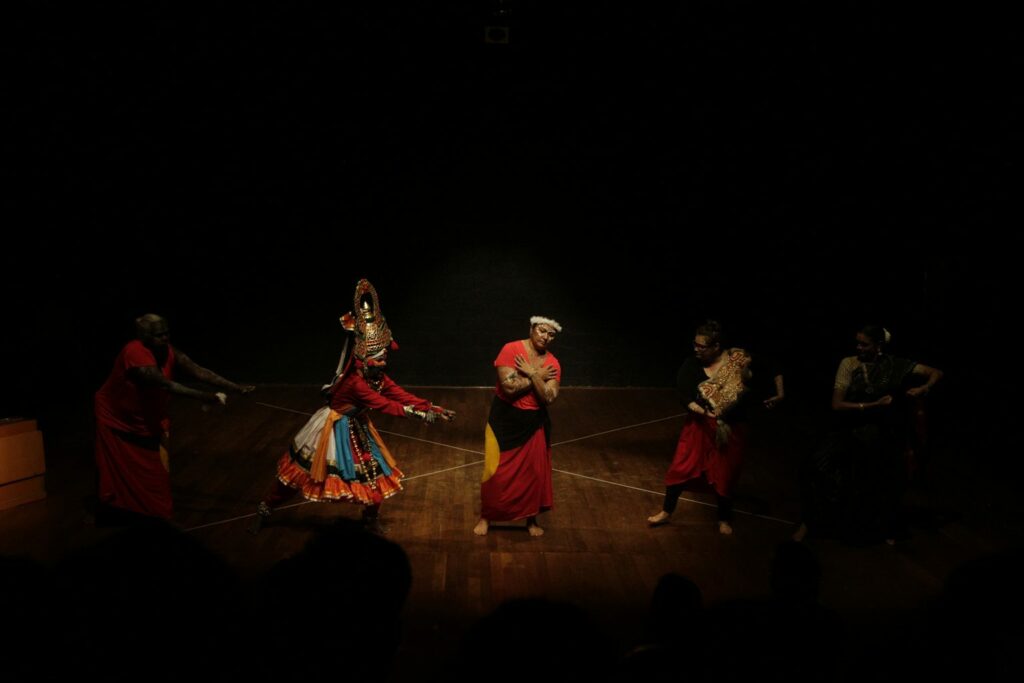
Priya: I left India when I was quite young and arriving in Melbourne I found myself in a sea of whiteness with blond hair and blue eyes surrounding me all the time. Coming from the majority in India, it was very strange to become a minority and see myself as a coloured body. It was only when I saw images of Indigenous Australians with dark bodies and dark curly hair like mine and understood their deep and long history in the land that I began imagining a place for myself in Melbourne. I also found a refuge through my dance training in Bharata Natyam which became my deepest connection to India and entwined with my identity.
My dance form was and continues to be marginal within an Australian mainstream context. My relationship to both power and marginality is very complex and constantly shifting. As a person of Indian origin, it is by being marginal in contexts outside of India, that I began to understand what it means to have privilege within an Indian context. To quote the postcolonial theorist Gayatri Chakravorty Spivak “How can we unlearn our privilege as our loss?” becomes the question for us as artists when we are in positions of privilege. I realized however that my marginalization is quite different to Indigenous marginalities. Despite seeming commonalities we had great differences. I was a migrant on their land which had been stolen from them. They were still colonized whereas I had come from a country where although our colonizers had departed we still face deep inequities in society due to caste and class differences. Indigenous Australians are some of the most marginalized communities but despite having faced colonialism, genocide and decimation have still survived and continue to adapt and grow.
When I asked myself what was my responsibility as a settler on their land, the possible pathway that opened was how to create a dialogue through performances that highlighted the structural inequalities while finding deep connections.
Years later working together to create Churning Waters, the significance of it was multiple for me. Primarily because Bharata Natyam, Carnatic music and Indigenous art practices all remain marginal within the Australian context albeit in very different relationships to power. Without access to mainstream spaces and stages and funding that is reserved for Western contemporary or classical forms, we struggle to be seen and supported.
Priyadarsini: The strength of my training with my guru Kalanidhi Narayanan focused on the analysis of texts and the situations portrayed in them, as well as the characters and layered meanings containing within. When we started working on Churning Waters, this approach to understanding texts opened new perspectives. When I listened to serpent and whale dreaming stories from indigenous perspectives in the course of our collaboration, it took me a while to understand their way of storytelling as it was very different to ours. The Indian ways of storytelling I know moves laterally and vertically and there is a beginning, middle and end. On the other hand, I found their stories very open ended, almost like puzzles that we have to solve ourselves. This was very striking. I learned not to interpret from what I know and experienced but I had to get into the spirit of how they think. This was true of the collaboration in Churning Waters and other ongoing collaborations which heightened awareness of climate change and pollution. Through research and performance exchange we were able to find cultural differences and similarities including the idea that Indigenous Australians and Indians had been exchanging ideas for thousands of years evident in DNA, animals, coins, dances, songs and Dravidian languages present in Indigenous cultures.
We can see the world order is rapidly changing and the veil of illusion and control has slipped. Truly, we don’t know what tomorrow brings. We also don’t know what kinds of lives we will lead if and when this crisis is over. What we do know is that this is a moment of great change and possibility and we cannot slip back into the miasma of what we were doing before. The arts and dance are under peril more than ever. Especially in the Indian context in the field of Bharata Natyam there is currently heated discussion raging about privilege, appropriation and marginality, how do we move from here with a sense of history? Despite our many differences how can we work towards an important common cause?
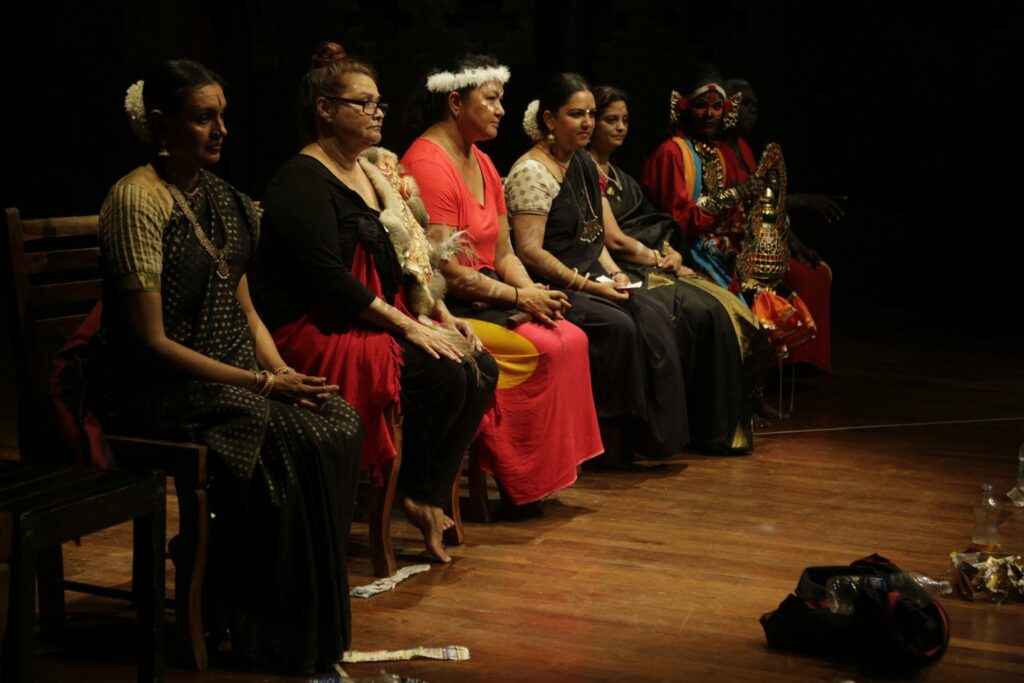
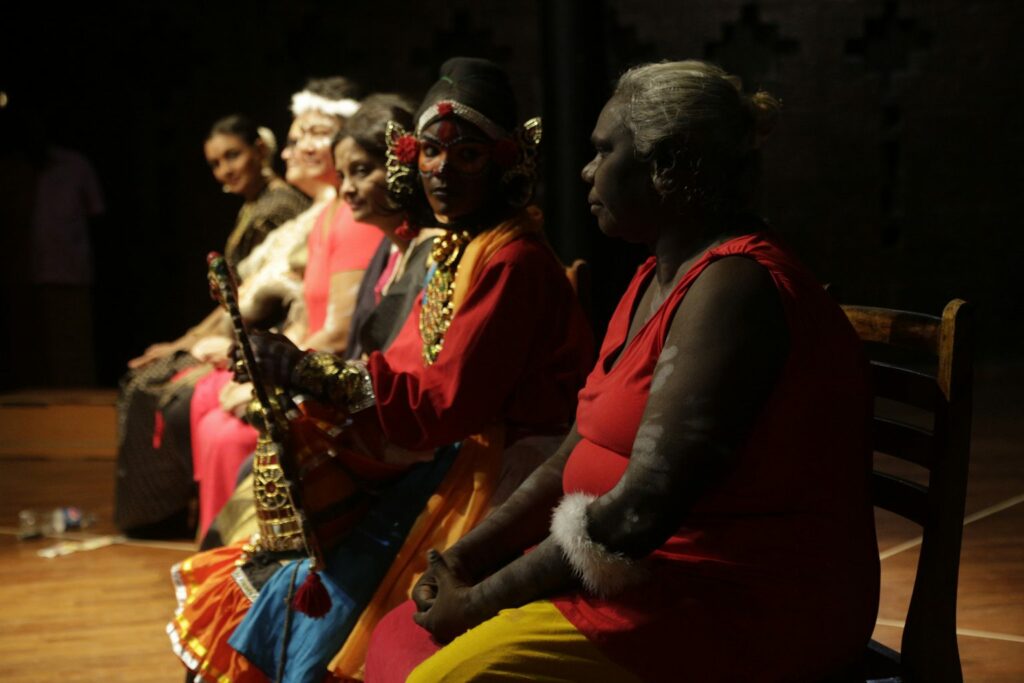
Some thoughts from the participants:
Nadine Lee: “Churning Waters has been a great platform to showcase our Dreamtime stories. I’m proud to showcase my culture and intertwine with Indian stories about water. I felt very respected here in ways I am not in Australia.”
Sylvia: “I’m going to take back a story from India about our cultures coming together and creating new stories. Its important to have culture exchange.”
Thilagavati Palani: “Combining Koothu, Carnatic music, Bharata Natyam and Australian Indigenous arts hasn’t been done before and I learned so much from it. I am so proud it came to my village.”
Gina Maree Bundle: “Its my first time overseas and I came to India. The elders where I come from say when we look after our land, the land will look after us. That’s what Churning Waters is about!”
Uthra Vijay: “When I heard Indigenous chants it sounded like our Sama Veda, that then triggered a way for me to compose songs that matched theirs. It was a good challenge to find commonalities between all our communities.”
Churning Waters performances was supported by Creative Victoria and Australian High Commission in India.
About the authors:
Priyadarsini Govind is a national and international award winning Bharatanatyam dancer and artist based in Chennai.
Dr. Priya Srinivasan is a dancer/ scholar from Melbourne Australia. She is the co-artistic director of Sangam: Performing Arts Festival of South Asia and Diaspora and author of the book, Sweating Saris: Indian Dance as Transnational Labour.




